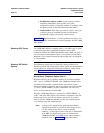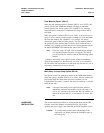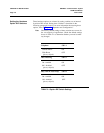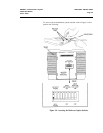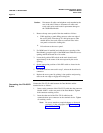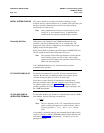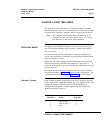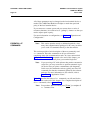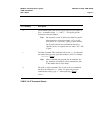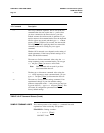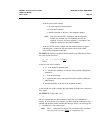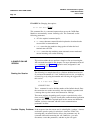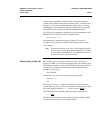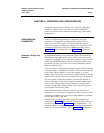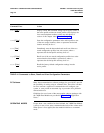
CHAPTER 3: FIRST TIME USERS
DEFINITY Communications System
7400B Data Module
Page 3-2
User’s Guide
ESSENTIAL AT
COMMANDS
All of these parameters may be changed on the local terminal device as
needed. The 7400B Data Module will adjust to match the speed and
parity of the local terminal device.
If you connect to a remote system and your screen shows a series of
nonsense characters (also referred to as "garbage"), chances are that you
need to adjust speed or parity.
For more information on configuration, see Chapter 4, “Operation and
Configuration.”
Note: This section pertains mostly to dedicated terminals, since
many data communications packages for PCs may not allow
you to send AT commands directly to the data module.
This section provides a basic description of the most commonly used
AT commands. These few commands are all you will need for
completing many data communications tasks. In a later section titled
“Sample On-Line Session,” presented at the end of this chapter, you
will enter the commands manually from your terminal keyboard.
Note:
If you are using a PC with software that permits command or
script files, you may create files to perform automatic log in
for devices that you plan to communicate with frequently.
In this case, the commands used are typically not direct AT
commands, but function commands defined by the software
package. For more information on PC software, refer to
Appendix C, “Application Notes.”
Table 3-2 describes the subset of AT commands you will need for the
on-line session at the end of this chapter. For a complete description of
all AT commands, refer to Appendix A.
Note:
Except where otherwise noted, press
[ Enter ]
to complete all
AT
command lines.



